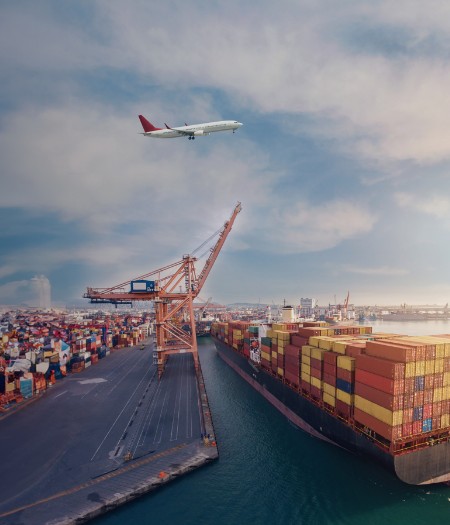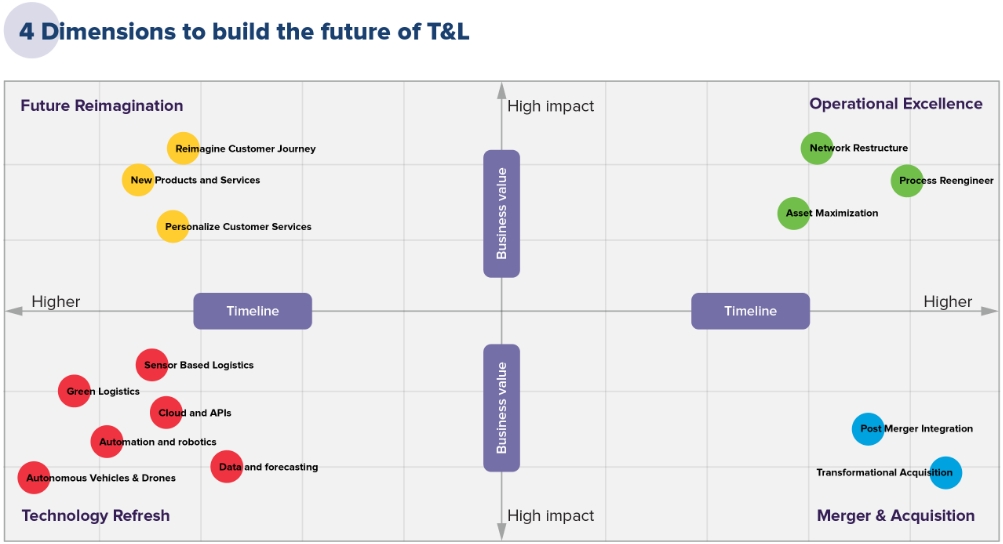Figure 2: 3 ways to improve the customer experience
Personalized customer services: Provide personalized data-driven service throughout the customer’s lifecycle by leveraging various technologies to improve the experience. Building a unified customer servicing platform helps standardize customer services and improve experiences.
Reimagine customer journeys: Digital technologies and evolving customer expectations have changed interactions in channels and physical touch points during last-mile delivery, requiring the redefinition of the customer experience. Developing customer-focused initiatives will proactively identify customer needs and eliminate pain points, creating a meaningful experience. An enriched customer experience improves CX-specific KPIs like net promoter score and service level.
New business model: Disruptive startups in the T&L industry are identifying customer needs and gaps by leveraging digital platforms. T&L companies must stay ahead of the competition by identifying new products, services and revenue opportunities.
2. Achieve Operational Excellence
T&L companies have no choice but to change and become more responsive, agile and resilient. Focus on network, processes and assets to bring operational efficiency and excellence.
Network restructure: Manufacturers, retailers and others are changing the supply chain network to manage the disruptions and geopolitical unrest, compelling T&L companies to redraw the transportation map. As a result, companies are investing in AI-powered network optimization, forecasting, scenario planning (Digital Twin), etc. Greater flexibility in the network drives better business outcomes around efficiency and profitability.
Process reengineering: As companies introduce new products and services or restructure their networks, cost pressures will require switching or adjusting processes. Companies should explore automation possibilities, touchless operations and enhancement capabilities to bring harmonization and standardization for productivity improvements and operational efficiency.
Asset maximization: Asset management maximizes companies’ revenue growth. Asset-heavy T&L companies must focus on asset management business processes, spare parts management, warranty management and maintenance schedules to increase asset utilization throughout an asset’s lifecycle. The latest technology can complement asset management with solutions to check asset health, predict maintenance and implement out-of-box package solutions like IBM Maximo or SAP EAM. A business and technology-centric view helps build Intelligent asset management using AI/ML and IT/OT.
3. Continuous Technology Refresh
Rapidly changing digital technologies are reshaping the industry and acting as a catalyst to transform the T&L landscape. Different categories of technology help enhance the customer experience or operational excellence initiatives. Some mature and accelerating technologies are foundational and required for operations. With a long-term view, companies should plan for aspirational technologies that can achieve strategic goals to prepare for technology-led disruptions. Below are a few mature/accelerating technologies companies should focus on for transformation.
Sensor-based logistics (IoT): Sensor technology can increase collaboration, visibility and predictability across the transportation network. It’s critical to build a connected ecosystem of assets and inventory using IoT-based solutions.
Cloud and APIs: Many companies in the T&L industry do not have complete visibility into their operations. Cloud and API solutions address challenges like not having a connected ecosystem (for example, a pricing tool integrated with a transport management system). With Cloud-based solutions, T&L companies can access data and applications from anywhere, reducing their dependency on physical infrastructure. Seamless integration of data and applications with a cost-effective solution enhances visibility.
Automation and robotics: T&L companies perform manual and repetitive tasks in operations. As a result, there are opportunities to improve efficiency, accuracy and productivity. Enabling robotic process automation (RPA) with process mining helps companies gain insights into business and automation processes to improve.
Data and forecasting: Data analytics-led solutions can help T&L companies in many ways. First, it helps understand the customer better (preferences, behaviors, expectations, etc.). With these insights, companies can provide personalized services and enriched customer experiences. Second, these solutions help optimize networks and operations to improve efficiency and reduce operations costs.
Aspirational technologies to watch include:
Green logistics: With strict emission regulations, sustainable logistics will be a focus area for T&L companies. Target aspects of packaging, mode of transport (rail, ocean, intermodal), type of vehicles (autonomous), load planning, route planning, optimization, etc., to reduce carbon footprint and improve sustainability. These improvements will also help operational efficiency.
Autonomous vehicles and drones: The adoption of autonomous vehicles and drones will impact supply chain and last-mile delivery. Apart from emission reduction, they also require less maintenance, reduce operations costs, improve efficiency and overcome driver shortage issues.
AI-powered solutions: Companies should focus on AI-based solutions like conversational AI, Gen AI or AI-powered forecasting, route optimization, capacity planning, etc., to improve the customer experience and optimize operations as outlined above.
Scenario modeling: T&L players should analyze network and operations scenarios to identify bottlenecks, optimize routes, improve warehousing operations, etc.
4. The Merger and Acquisition Option
Over the last three years, there has been a significant rise in M&A transformation deals to create value and use transactions to transform businesses. These deals can provide a pathway to growth.
Transformational acquisition: The focus on transformation deals has been to acquire new markets or horizontal/vertical integration (upstream and downstream capabilities/new offerings) to provide end-to-end services to a demanding customer. Transformative M&A deals are helping to reposition and reinvent business and stay ahead of the competition.
Post-Merger Integration: For successful integration with a new company, build an integration strategy with a detailed plan for value creation, people and change management and functional and technology integration. A top-down approach ensures a complete understanding of the acquired company’s value stream, business capabilities, operations and IT enablers. This approach helps with value creation and delivery.
The Path Forward for the Transportation and Logistics Industry
In the last three years, the world has endured unprecedented changes that wreaked havoc on global supply chains. In response, the T&L industry will need to transform. Companies must institute a different strategy to build the future of transportation and logistics. By covering four key imperatives – future reimagination, operational excellence, technology refresh and merger and acquisition, T&L companies can acquire new markets and add new capabilities to create value, transform and future-proof their businesses.
 Locations
Locations







